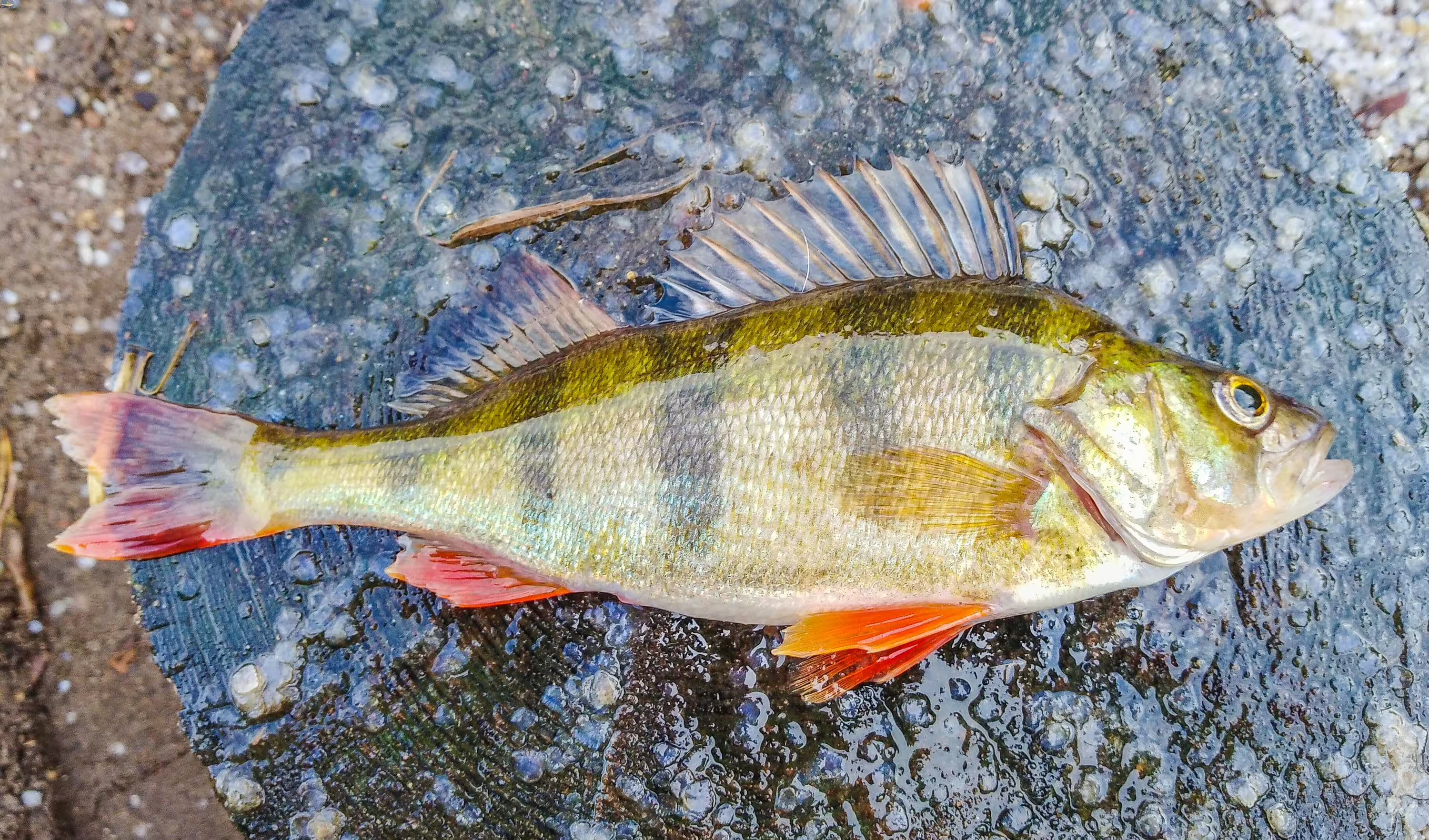The pole is a freshwater fish. It contains fats and can be considered as mid-fat fish. The pole provides those of groups B, D, E and A. It also contains minerals and trace elements such as iron, potassium or phosphorus. Discover the pole -based recipes, the nutritional values of the pole, the number of calories, the vitamin contributions, iron, etc.
